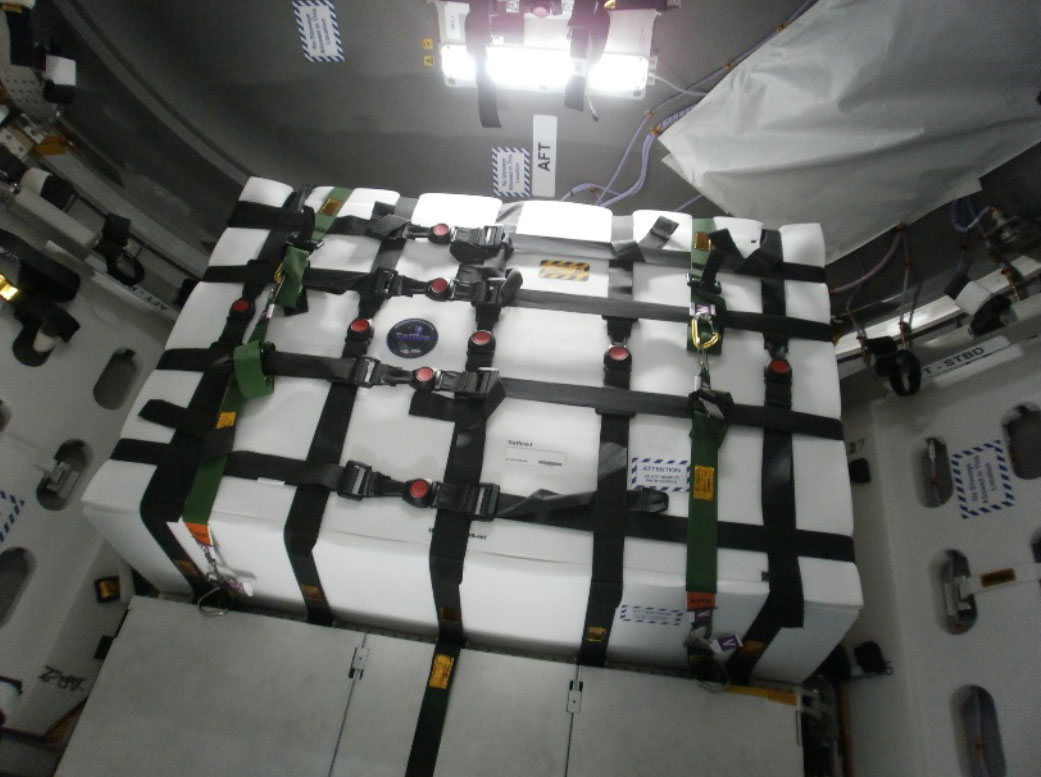Engineers at NASA’s Glenn Research Center in Cleveland and Orbital ATK in Dulles, Virginia, are preparing to ignite the third remote Spacecraft Fire Experiment, or SAFFIRE III, inside an Orbital ATK Cygnus cargo spacecraft leaving the International Space Station, June 4.
SAFFIRE III is the final test in the first phase of a series of experiments designed to investigate large-scale flame growth and material flammability limits in long-duration microgravity. Results will help ensure astronaut safety during future deep space exploration missions.
After Cygnus leaves the space station, it will move to a stable orbit where NASA Glenn engineers will begin the 2.5-hour experiment. SAFFIRE III’s burn will last approximately 20 minutes inside the vessel, which mimics the space station’s oxygen concentration levels. Cygnus will then spend the next several days downlinking the experiment data before it begins its fiery re-entry into Earth’s atmosphere.
The SAFFIRE experiments are enabling engineers to gain a better understanding of how fire behaves in microgravity.
Like SAFFIRE I, the third SAFFIRE experiment will burn a single large piece of fabric at different air flow rates. SAFFIRE II burned nine samples of different materials.
“As the first chance to actually study a realistically scaled fire, the SAFFIRE experiments have provided valuable insight into fire behavior inside a confined low-gravity environment,” said David Urban, SAFFIRE principal investigator.
NASA will use this knowledge to create a safer environment for human missions, work toward preventing spacecraft fires and validate operational protocols for dealing with fire emergencies in space.
SAFFIRE I and II were successfully completed in June and November of 2016 respectively.
Engineers are now designing the next generation of SAFFIRE experiments, which are targeted to fly in 2019.
“SAFFIRE IV-VI will extend the research by including larger, more energetic fires and by testing post-fire cleanup systems,” said Urban.
Saffire is managed by NASA’s Advanced Exploration Systems Division, which creates innovative approaches and public-private partnerships to rapidly develop prototype systems, advance key capabilities, and validate operational concepts for future human missions beyond Earth orbit.
For more information about the SAFFIRE experiments, visit
For more information about NASA Glenn, visit
-end-
Debbie Lockhart
Glenn Research Center
216-433-8655
Deborah.J.Lockhart@nasa.gov
























